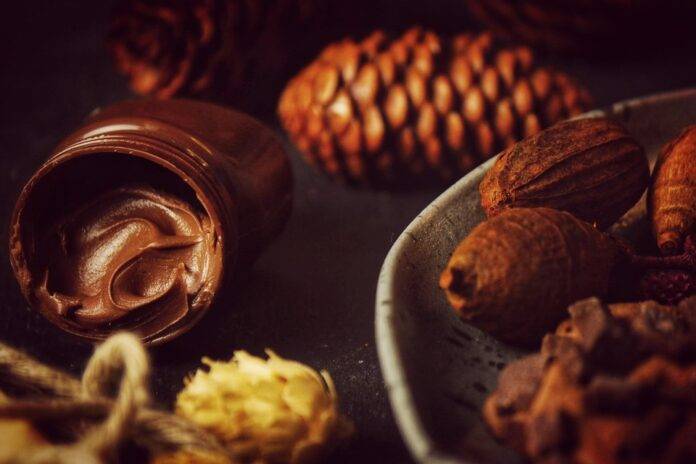Introduction
Chocolate spreads have become a staple in households around the world, loved for their rich and creamy texture that pairs perfectly with a variety of foods. One of the most popular chocolate spreads is Nutella, which is made from a blend of cocoa and hazelnuts. In this report, we will delve into the process of how chocolate spreads are made from cocoa and hazelnuts to finished jars, exploring the intricate steps involved in creating this beloved treat.
Understanding the Ingredients
Cocoa
Cocoa is the key ingredient in chocolate spreads, providing the rich and indulgent flavor that we all know and love. Cocoa beans are harvested from cocoa trees, which are primarily grown in tropical regions such as West Africa, South America, and Southeast Asia. The beans are then fermented, dried, roasted, and ground into a fine powder, which is used to make chocolate spreads.
Hazelnuts
Hazelnuts are another essential ingredient in chocolate spreads, adding a nutty flavor and creamy texture to the final product. Hazelnuts are harvested from hazel trees, primarily grown in regions such as Turkey, Italy, and the United States. The nuts are shelled, roasted, and ground into a smooth paste, which is combined with cocoa to create the delicious spread.
The Manufacturing Process
Roasting and Grinding
The first step in making chocolate spreads is roasting the cocoa beans and hazelnuts to enhance their flavors. The beans and nuts are then ground into a fine paste using specialized machinery, creating a smooth and creamy texture that forms the base of the spread.
Blending and Mixing
Once the cocoa and hazelnut pastes are ready, they are blended together in precise ratios to achieve the perfect balance of flavors. Sugar, milk powder, and other ingredients may also be added at this stage to enhance the taste and texture of the spread. The mixture is continuously mixed to ensure a smooth and even consistency.
Conching
Conching is a crucial step in the chocolate making process, where the mixture is heated and agitated in a conching machine for several hours. This process helps to develop the flavors and smooth out any gritty textures, resulting in a velvety smooth spread that melts in your mouth.
Tempering and Packaging
Once the chocolate spread reaches the desired consistency, it is tempered to ensure a glossy finish and stable texture. The spread is then poured into jars or other containers, sealed, and labeled for distribution to consumers around the world.
Industry Insights
The global chocolate spread market is a highly competitive industry, with key players such as Ferrero, Hershey’s, and Nestle dominating the market. Ferrero, the maker of Nutella, holds a significant share of the market, thanks to its innovative marketing strategies and iconic brand image.
According to market research firm Statista, the global chocolate spread market is projected to reach $12.8 billion by 2025, driven by the growing demand for convenient and indulgent breakfast options. The rise of e-commerce and online grocery shopping has also contributed to the market’s growth, making it easier for consumers to purchase their favorite chocolate spreads with just a few clicks.
Conclusion
In conclusion, chocolate spreads are a beloved treat enjoyed by people of all ages around the world. The process of making chocolate spreads from cocoa and hazelnuts to finished jars is a complex and intricate one, involving various steps such as roasting, grinding, blending, conching, tempering, and packaging. With the global chocolate spread market showing promising growth trends, it is clear that these indulgent treats will continue to be a pantry staple for years to come.




